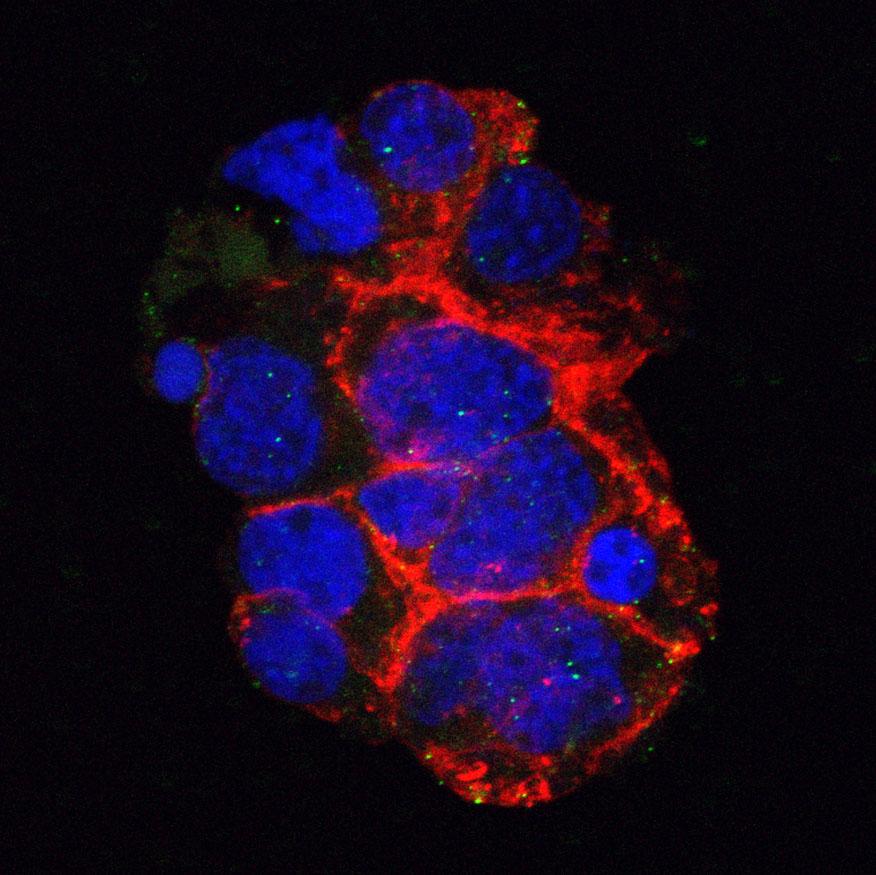Risk factors for outbreaks of lumpy skin disease and the economic impact in cattle farms of Nakuru County, Kenya
Lumpy Skin Disease (LSD) is an emerging disease of cattle that causes substantial economic loss to affected regions. However, factors favouring transmission under field conditions and farm-level impacts are poorly quantified. This was a retrospective case-control study of cattle farms in Nakuru, Kenya to determine risk factors associated with lumpy skin disease and the farm-level economic impacts of an outbreak. Data were collected using questionnaires administered through personal interview. Collected data included herd sizes, age, and sex structures, breeds, sources of replacement stock, grazing systems, and costs (direct and indirect) incurred when LSD outbreaks occurred. Farm-level risk factors were examined through univariable and multivariable logistic regression and a final model built using backward stepwise regression and likelihood ratio tests. The factors associated with LSD outbreaks on univariable analysis included breed (exotic vs. indigenous, OR = 15.01, P = 0.007), source of replacement stock (outside the herd vs. within the herd, OR = 8.38, P < 0.001) and herd size (large [>10 cattle] vs. small [1–3 cattle], OR = 3.51, P = 0.029). In the multivariable logistic regression model, only breed (exotic vs. indigenous, OR = 14.87, 95% CI 1.94–113.97, P = 0.009) and source of replacement stock (outside the herd vs. within the herd OR = 8.7, 95% CI 2.80–27.0, P < 0.001) were associated with outbreaks. The economic impact was compared between farms keeping purely indigenous (n = 10) or exotic (n = 29) breeds of cattle which indicated mean farm-level losses of 12,431 KSH/123 USD and 76,297 KSH/755 USD, respectively. The mean farm-level losses from reduction in milk yield and mortality were estimated at 4,725 KSH/97 USD and 3,103 KSH/31USD for farms keeping indigenous breeds whilst for farms keeping exotic breeds the equivalent losses were 26,886 KSH/266 USD and 43,557 KSH/431 USD, respectively. The indirect losses from treatments and vaccinations were proportionately much higher on farms with indigenous breeds at 4,603 KSH/46 USD making up ~37% of the total costs compared to ~8% (5,855 KSH/58 USD per farm) of the total costs for farms with exotic breeds. These findings indicate that LSD caused significant economic losses at the farm level in Nakuru County. This justifies implementation of disease control measures including quarantine of cattle post-purchase and the need for effective vaccinations of susceptible cattle herds.
